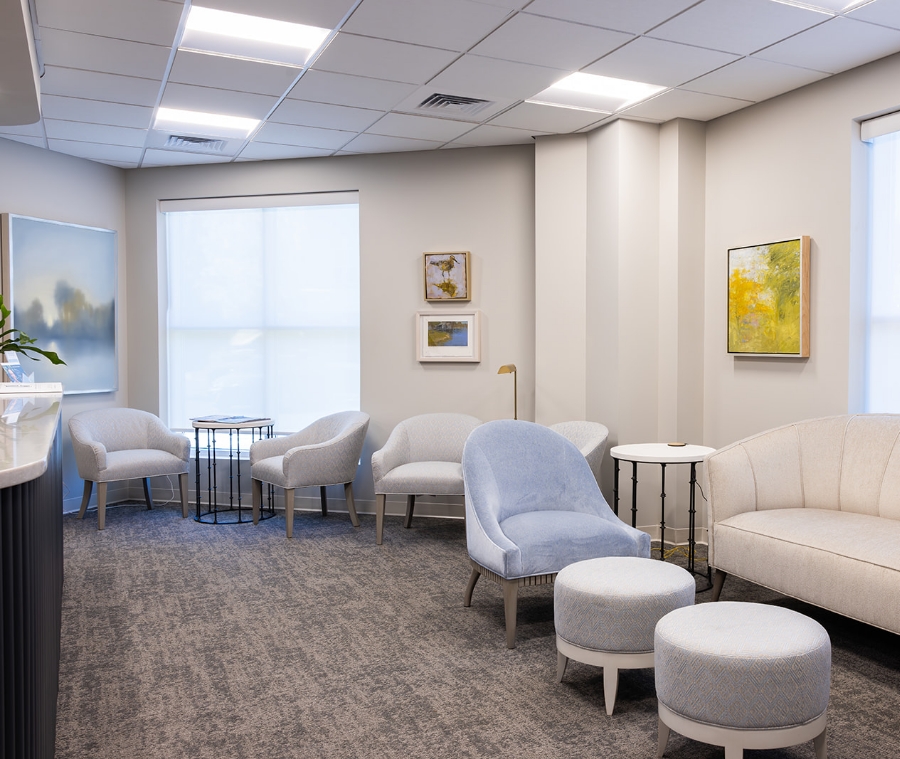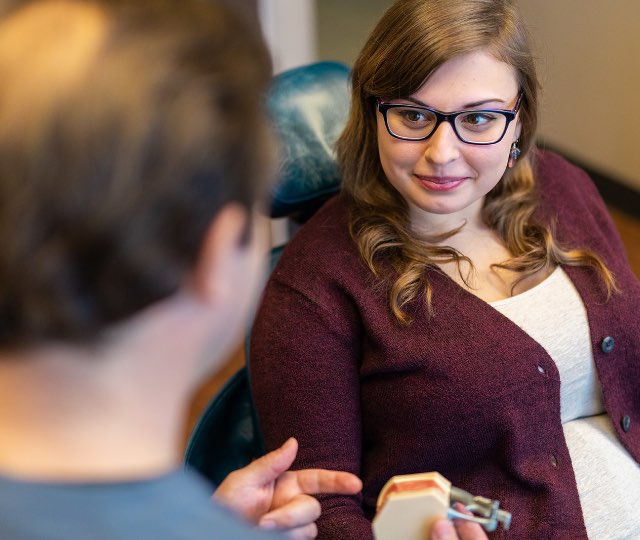Soft tissue grafting is often necessary to treat gum recession. Periodontal disease, trauma, aging, over brushing, and poor tooth positioning are the leading causes of gum recession which can lead to tooth-root exposure in severe cases.
When the roots of the teeth become exposed, eating hot and cold foods can be uncomfortable, decay is more prevalent and the aesthetic appearance of the smile is altered. The main goal of soft tissue grafting is to either cover the exposed root or to thicken the existing gum tissue in order to halt further tissue loss.
The three different types of common soft tissue grafts include:
- Epithelial gingival graft (Free gingival graft)– A strip of tissue is removed from the roof of the mouth and secured to the grafting site in order to promote natural growth. This type of graft is most commonly used for thickening existing tissue.
- Connective tissue graft – For larger areas or root exposure, subepithelial tissue is needed to remedy the problem. This subepithelial connective tissue is removed from a small envelope in the mouth and sutured to the grafting site. This is the most common treatment for root exposure.
- Pedicle graft – This type of graft involves the “sharing” of soft tissue between the affected site and adjacent gum. A flap of tissue is partially lifted and moved sideways to cover the root. The results of this type of graft are excellent because the tissue that is moved to the adjacent area includes blood vessels that are left in place.



